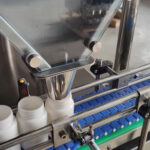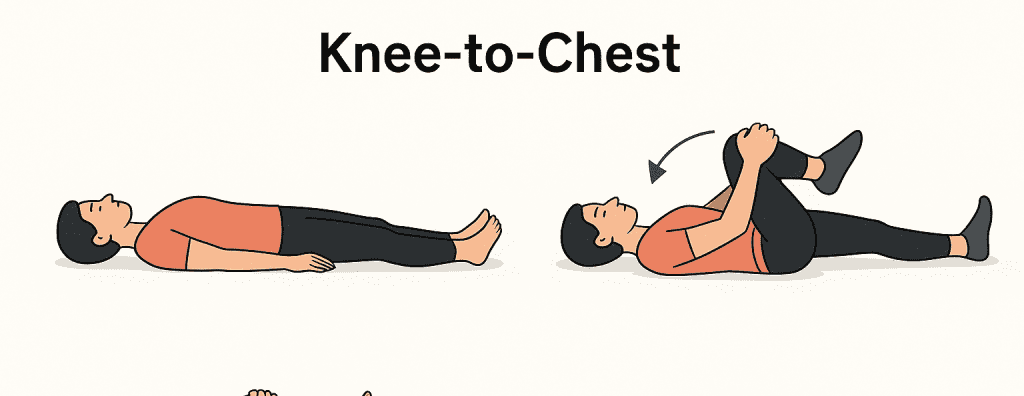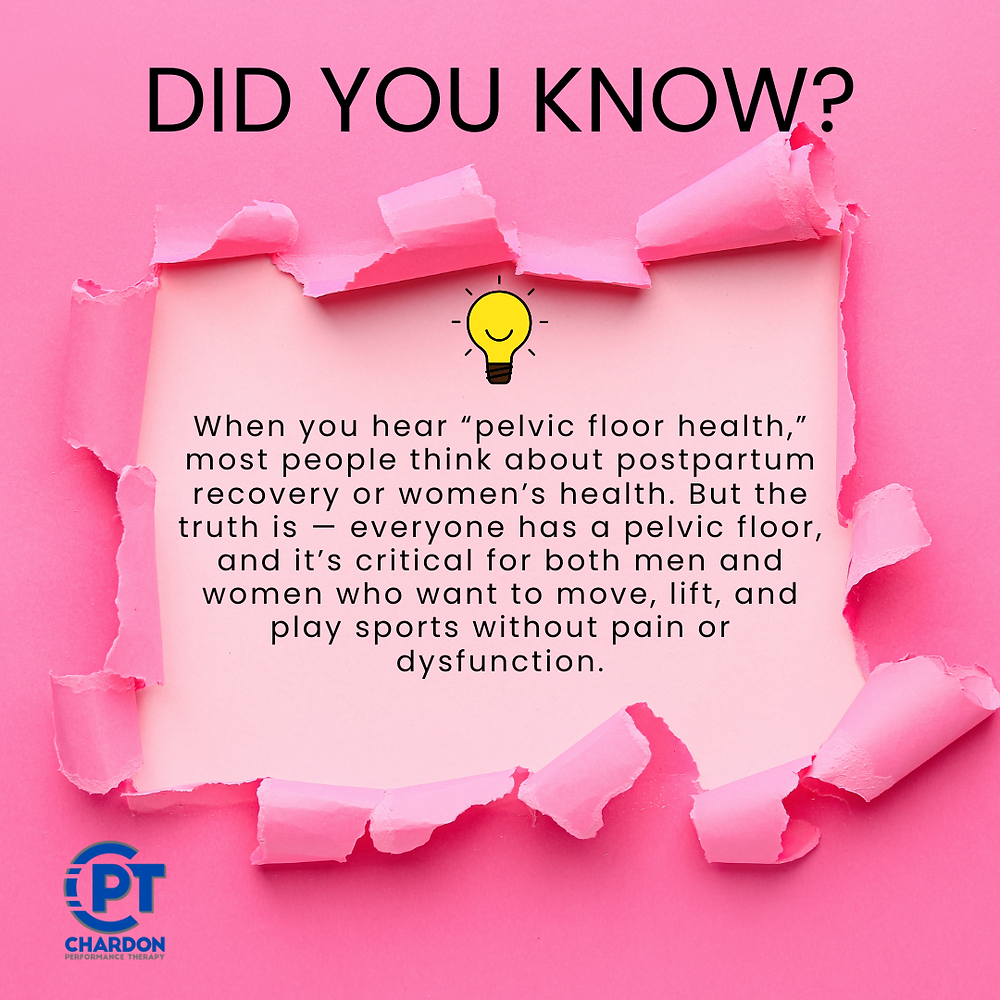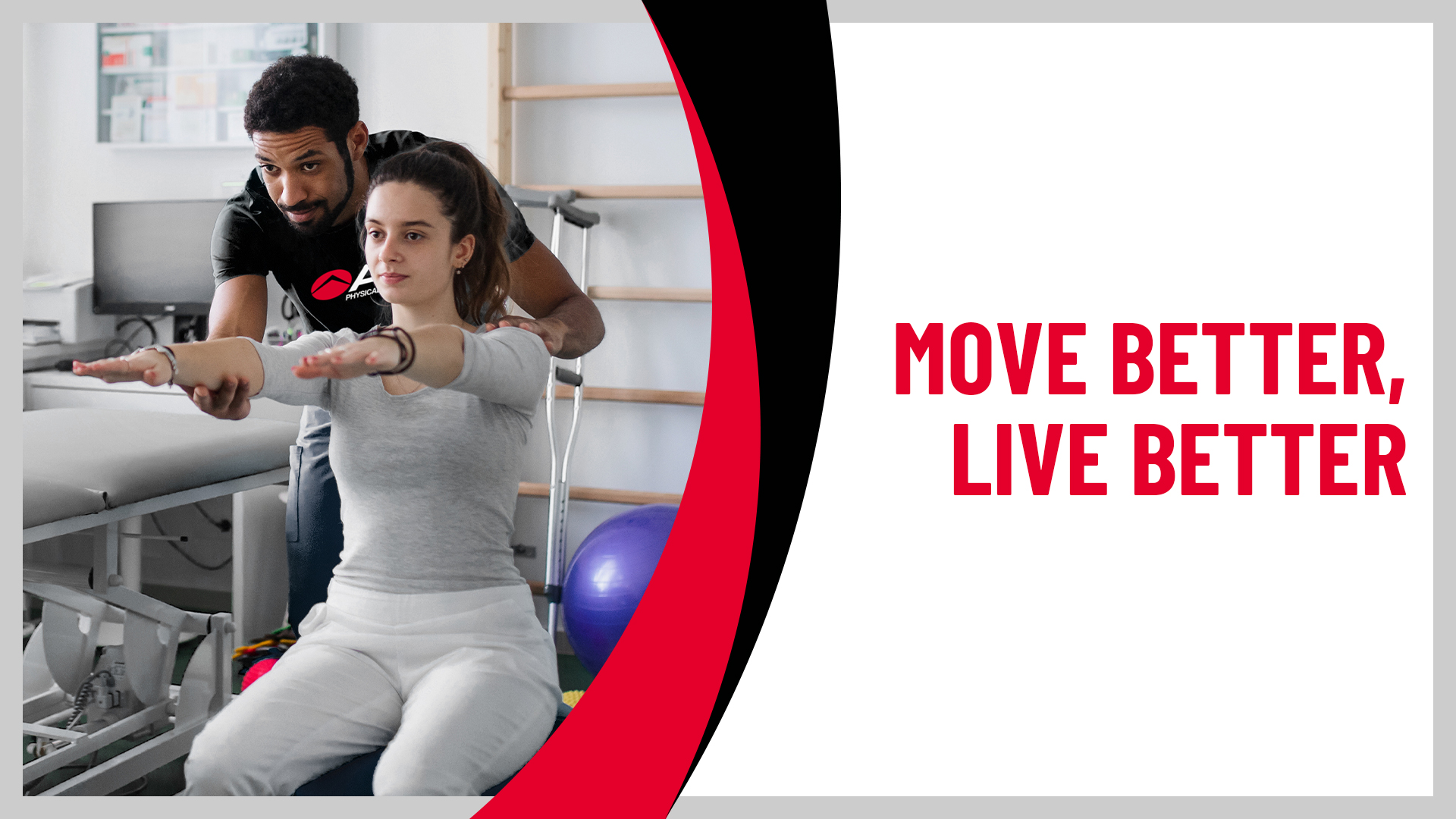Quick Summary: Are you confused why your back cracks so much when you twist? Or want to know why there’s pain whenever you crack your back? Or what are the risks of adjusting back incorrectly? No need to worry. We have prepared a detailed blog about lower back popping and pain that will answer all your questions. Let’s explore.
..
Back Crack is often related to a sense of relief. Imagine after a long day at work, you stand up and do some twists and hear those cracking sounds, feeling a sense of relief? This is normal, but only when the cracking stops after one or two twists. If your back keeps cracking every time you try to crack it, then it is not a good sign, as it can be a symptom of underlying issues. To know why excessive back cracking happens, we first have to understand the anatomy of the spine. As any minor issue in our spine can lead to problems in the whole body.
Anatomy of The Spine
It is very important for us to understand the anatomy of the spine to figure out what causes the excessive back popping and lower back pain. We know that this is not an anatomy lecture, so we will keep it short so that you understand your spine without getting bored. Our spine has three parts known as the cervical spine, the thoracic spine, and the lumbar spine. Let’s understand them.
The Cervical Spine
It is the uppermost part of the spine, which we call the neck. It has a total of 7 vertebrae – C1 to C7. C1 is known as the atlas, which holds the skull and controls the nodding of the head. C2 is known as the axis, its function is to rotate the head. Now, the vertebrae from C3 to C7 protect the spine, allow flexible movement, and support the neck.
The Thoracic Spine
The thoracic spine is the middle part of the spine. It has a total of 12 vertebrae – T1 to T12. It is the main part of the ribcage, as each vertebra joins with a pair of ribs. This part of the spine is less flexible compared to the cervical spine but is much stronger than it. It protects vital organs in the body.
The Lumbar Spine
Now comes the lower part of the spine, known as the lumbar spine. It has 5 vertebrae – L1 to L5. It does not have any ribs attached, which allows it to move more flexibly. The vertebrae of the lumbar spine are larger and stronger than those of the cervical and thoracic spines. This part of the spine allows extension, flexion, and other lateral movements.
Now, you have a basic knowledge of the spine. We know that a cracking or popping sound occurs only when we twist or move our back. Now, how does that happen? The reason behind the cracking or popping of the back is the formation and collapse of the bubble. The movement of the spine depends on the synovial joints and fluids. The synovial joints, particularly facet joints, are lubricated by synovial fluids.
What Causes Lower Back Popping?
Crepitus, that’s what professionals call lower back popping. There exists no detailed medical research to show why lower back pops. However, many of the professionals have made some theories about how lower back cracks. The theory points out three major reasons: cavitation, tendon or ligament repositioning, and grinding. Let’s understand them.
Cavitation
When your back moves, the pressure between the joints, known as synovial joints, changes, which leads to the formation of bubbles in the fluid. And then the bubbles formed, collapse, making the popping sound. The same happens in the fingers and the knuckles when you pop them.
Tendon or Ligament Repositioning
Another theory behind the popping of the lower back is tendon or ligament repositioning. We have tendons and ligaments between our joints that support them and provide a range of motion. A popping sound comes when the tendons or ligaments are out of position and when you twist your body, they get back in their usual position, making the sound.
Grinding
Bone grinding is a theory that points to another reason for lower back cracking. We have cartilage around our bones. So the theory says that when the cartilage around the bones is worn off, the bones start grinding against each other when you move. This grinding produces the cracking or popping sound.
When is Back Cracking Normal and When to Seek Medical Help?
Back cracking is very much normal; all of us do this after sitting for too long to release the stiffness from the muscles. If you are not feeling any pain and there’s no consistent cracking, then it is normal and requires no medical attention. However, if it is not like this, then you will definitely need medical help. Let’s see the type of signs during back cracking that say you need medical help.
Cracking Sound
The type of cracking sound your spine makes decides whether you need medical help or not. If the cracking sound is painless and has a refractory period, then it is normal and you don’t need medical attention. However, if the sound is associated with pain, swelling, or injury, then you must go to a doctor. This abnormal joint sound results from instability, fracture, degeneration, etc.
Stinging Pain
If you are feeling throbbing, hot, or sharp pain when you are popping or cracking your back, then it is a sign that the joint is pinching or irritating the nerve root. This can lead to permanent lower back pain and problems. As per Statista’s report 2022, 28% of the US adults suffer from chronic back pain, whereas 44% of those had been suffering from this pain for 5 or more years.
Consistent cracking
There must be some refractory period in cracking, if there’s consistent cracking and no refractory period, then this is a sign of joint dysfunction. The possible causes behind this dysfunction can be damaged tendons or ligaments, synovial degeneration, bone grinding due to osteoarthritis, etc. You need to consult a doctor in this case to make sure it does not grow worse.
Recent injury
You must have seen that a sprained ankle makes a lot of cracking sounds during movement, and that is much different from normal cracking. If you are noticing the same in your back after a trauma or an injury, then you need medical assistance to make sure that the structural change, like a torn tendon or ligament or minor fracture, is not disturbing the natural joint function.
Locked joint
It is one of those cases where medical help is needed as soon as possible. What happens in this case is that when you crack your back or any other joint in the body, it gets locked in that position. Usually, healthy bones, tendons, and ligaments do not get locked when twisted. If they are getting locked, then that means something has deteriorated.
Possible Medical Causes of Excessive Cracking
Back popping is ok as long as it is not painful to the lower back and does not happen every time you move. If it is painful and happens every time you move, then it can be a symptom of underlying issues that you must not ignore. Here’s a list of medical causes of excessive cracking.
Osteoarthritis
One of the primary reasons for consistent and painful back cracking in adults is osteoarthritis. As per the survey report from 2020, 7.6% of the world’s population suffers from osteoarthritis, which is an increase of 132.2% compared to 1990. In osteoarthritis, the bones rub due to the reduction of cartilage in facet joints, producing a popping or cracking sound.
Spinal misalignment
Spinal misalignment is another significant reason behind excessive back cracking. There are many causes like sedentary lifestyles, poor posture, accidents, etc, that lead to spinal misalignment. It is a growing problem in the USA and the whole world. However, it can be treated with the help of chiropractic care.
Joint hypermobility or Instability
Joint hypermobility or instability can be one of the reasons for excessive and painful back cracking. In joint hypermobility, the joint’s range of motion is more than the usual range of motion, which leads to excessive cracking, which is normal. However, if this joint hypermobility makes you unstable and causes pain, then you must consult a therapist.
Soft Tissue Dysfunction
Soft tissue dysfunction is one of the most common reasons behind the excessive back cracking. It is normal and causes no pain. However, it does indicate underlying issues if the back cracking becomes painful. These soft tissue dysfunction arises due to musculoskeletal disorders. In such cases, you should seek medical help to prevent it from growing worse.
What Are the Risks?
If you are popping your back on your own, then you must be careful to avoid injuries that can happen when you apply too much force or stretch it too much. Another much safer way to avoid injuries is to go for physical therapy. There, they have experts who have years of experience adjusting back. However, if you are still thinking of doing it on your own, then here are some risks of adjusting back incorrectly.
Pinching of Nerves
When you try to crack or pop your back and do it too quickly, then there’s a risk that your nerves might get pinched. Pinched nerves hurt a lot. And the worst part about this is that the nerves stay pinched until treated by professionals.
Read More : Pinched Nerve in Shoulder – Symptoms, Causes and Treatment
Muscle Tear
Another risk of adjusting your back by yourself is that you might tear the muscles if you stretch too forcefully or too quickly. This muscle tear or strain causes a lot of pain when you move. And in some cases, you might even need surgery.
Ligament Stretching
If you are stretching your back now and then with too much force, then there’s a high risk of ligament stretching. The worst part about this is that the ligament is stretched permanently and can not be fixed, which can lead to osteoarthritis in the future.
Injured Blood Vessels
This is one of the biggest risks of adjusting the back incorrectly. Our back has many blood vessels that are connected to the brain and run up and down throughout the back. Adjusting back incorrectly can damage it, which can lead to aneurysms, strokes, etc.
How to Crack Your Back Safely
One of the best ways to adjust your back safely is going for physical therapy. There, the therapists are experienced and follow a systematic procedure. They will diagnose your condition and make a treatment plan according to it. However, after the treatment is done, they will recommend that you crack your back safely at home. Here are some of the exercises.
Knee-to-Chest
- Start by lying on your back and relaxing.
- Pull your right knee towards your chest slowly and firmly.
- Hold that position for some time.
- Get back to the starting position.
- Change the leg and repeat the steps.
- Do this 3 to 4 times.

Lower Back Rotation
- Lie on your back and raise your knees until they are bent.
- Spread out your arms and keep your shoulders steady.
- Move your hips in one direction and hold that position for 10 seconds.
- Now slowly return to the initial position and repeat the same in the other direction.
- Repeat this 2 to 3 times, twice a day.
Seated Lower Back Rotation
- Sit down and bring your right leg over your left leg.
- Put your left elbow on your right knee.
- Rotate your body to the right and hold that position for 2 or 3 breaths or 10 seconds.
- Return to the starting post and repeat the same in the other direction.
- Do this two times a day.
Cat stretch
- Get in the cat position with hands directly under the shoulder and knees directly under the hips.
- Slowly and firmly arch your back towards the ceiling and tuck your head between your shoulders.
- Hold this position for a few seconds.
- Return to the starting position.
- Repeat the same 4 to 5 times.
Conclusion
Now, the concern “my lower back cracks when I twist” you had has been addressed. You know about the anatomy of the spine that will help you understand how your back rotates and how the back crack or pops, what causes excessive popping or cracking, what its risks are, and when to seek medical help. You know when to consult an expert, but where will you find a professional? The answer is Town Physical Therapy. Here we have experienced, certified, and skilled professionals who can help you with lower back cracking and pain. Apart from this, we also provide occupational therapy, chiropractic care, acupuncture, sports physical therapy, and shockwave therapy. We have centers across NJ, including Paramus, Emerson, Bergenfield, Clifton, and Maywood. You can walk into your nearest Town PT center for a free consultation.
Book Your Free Consultation Now










